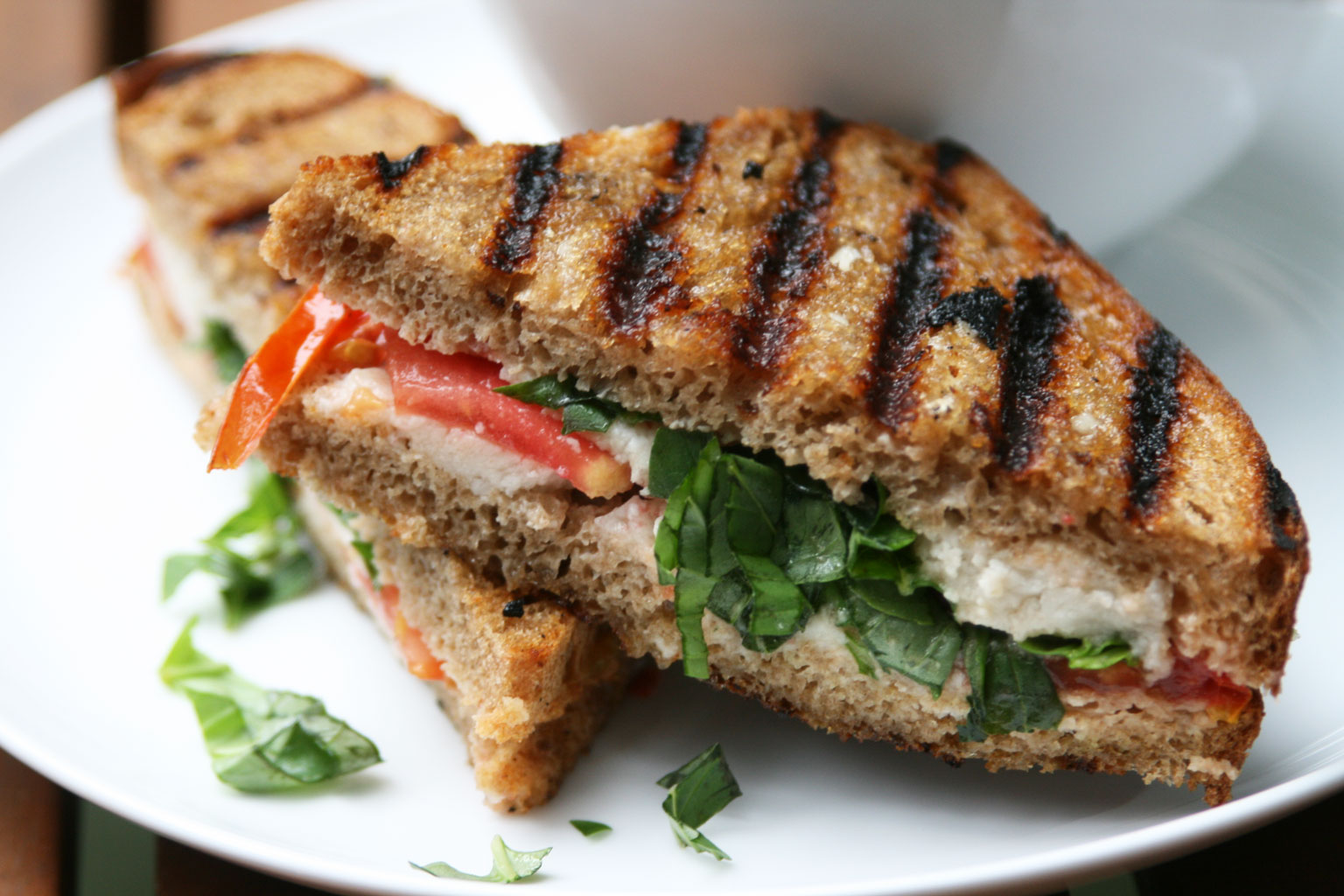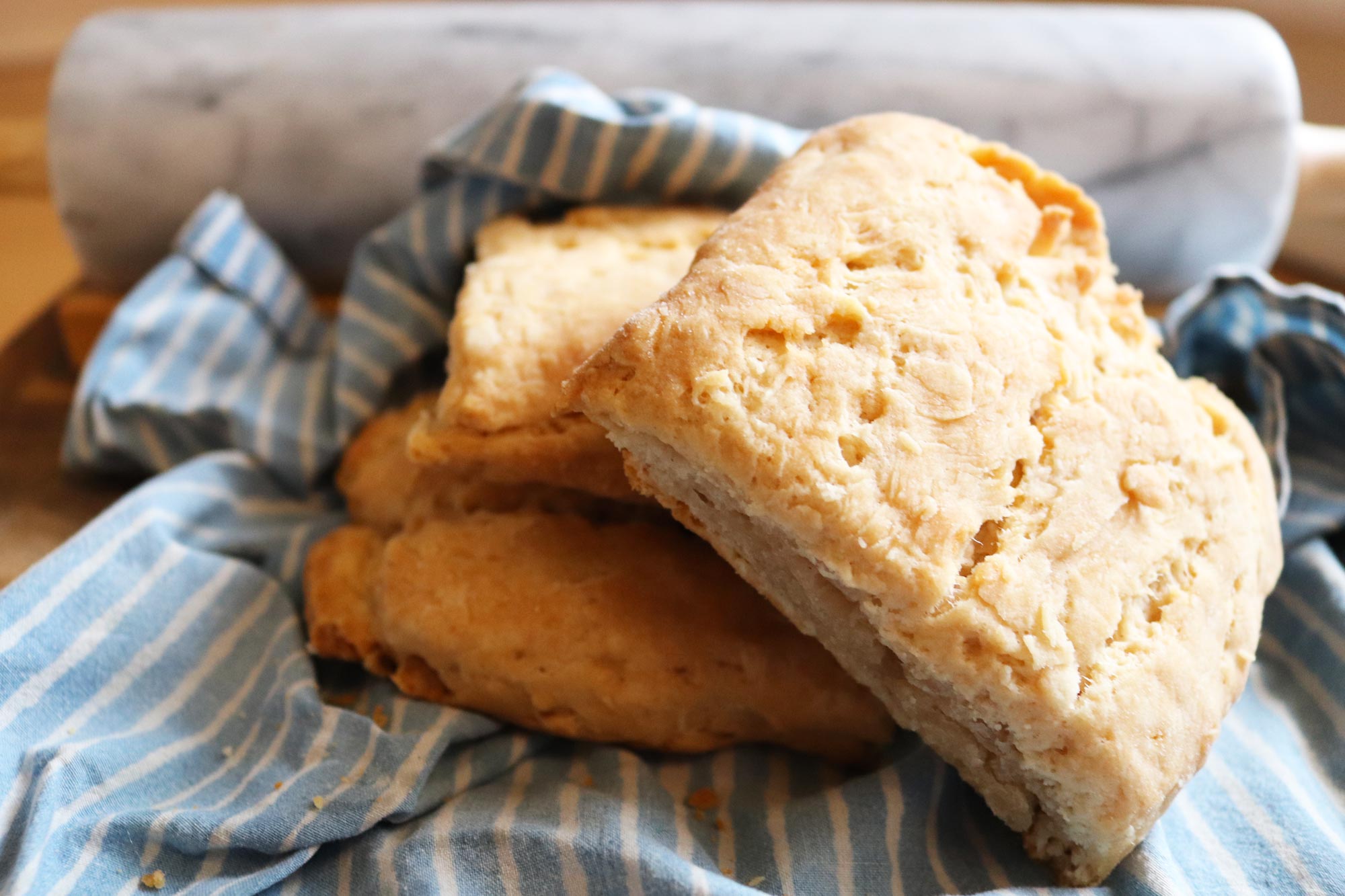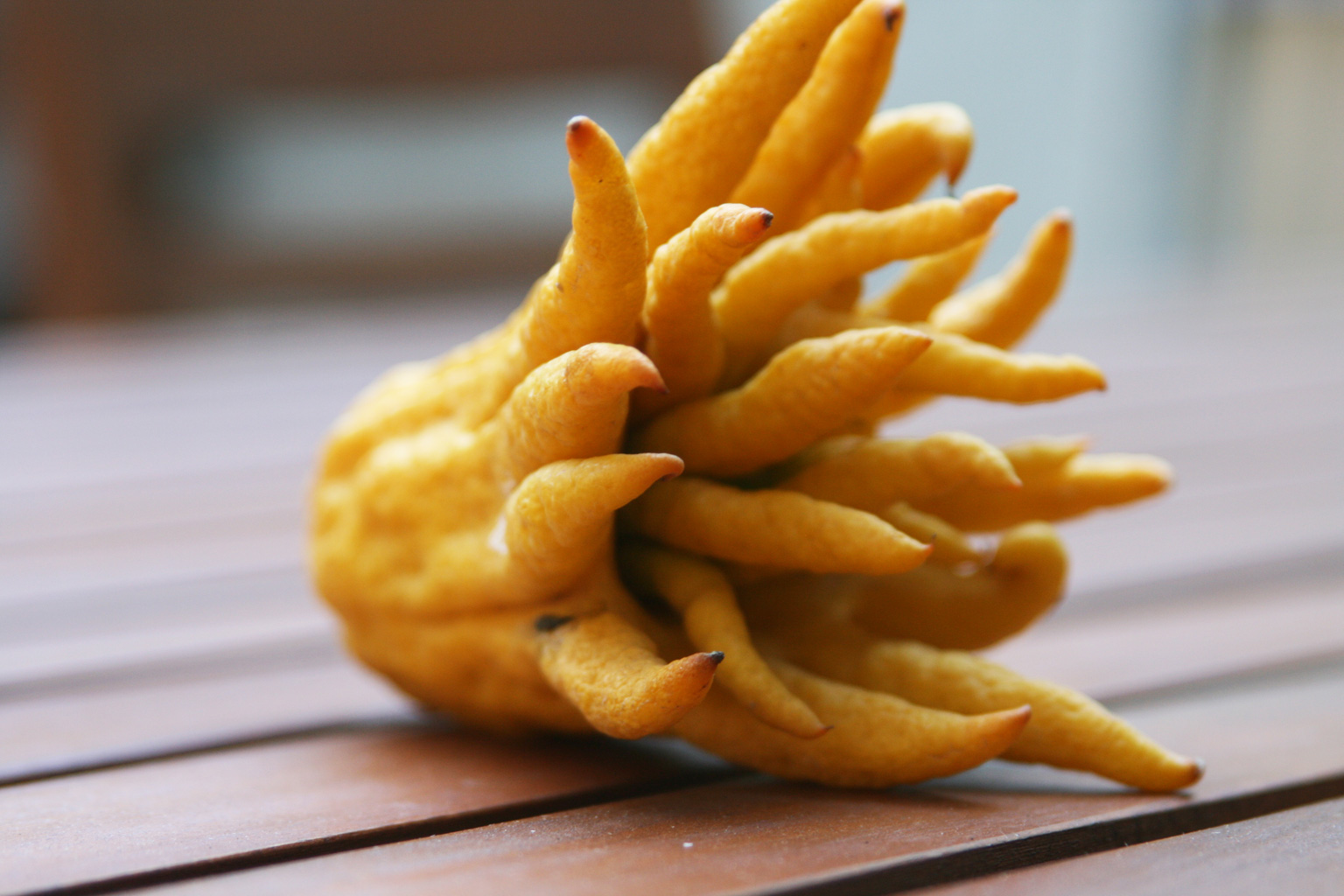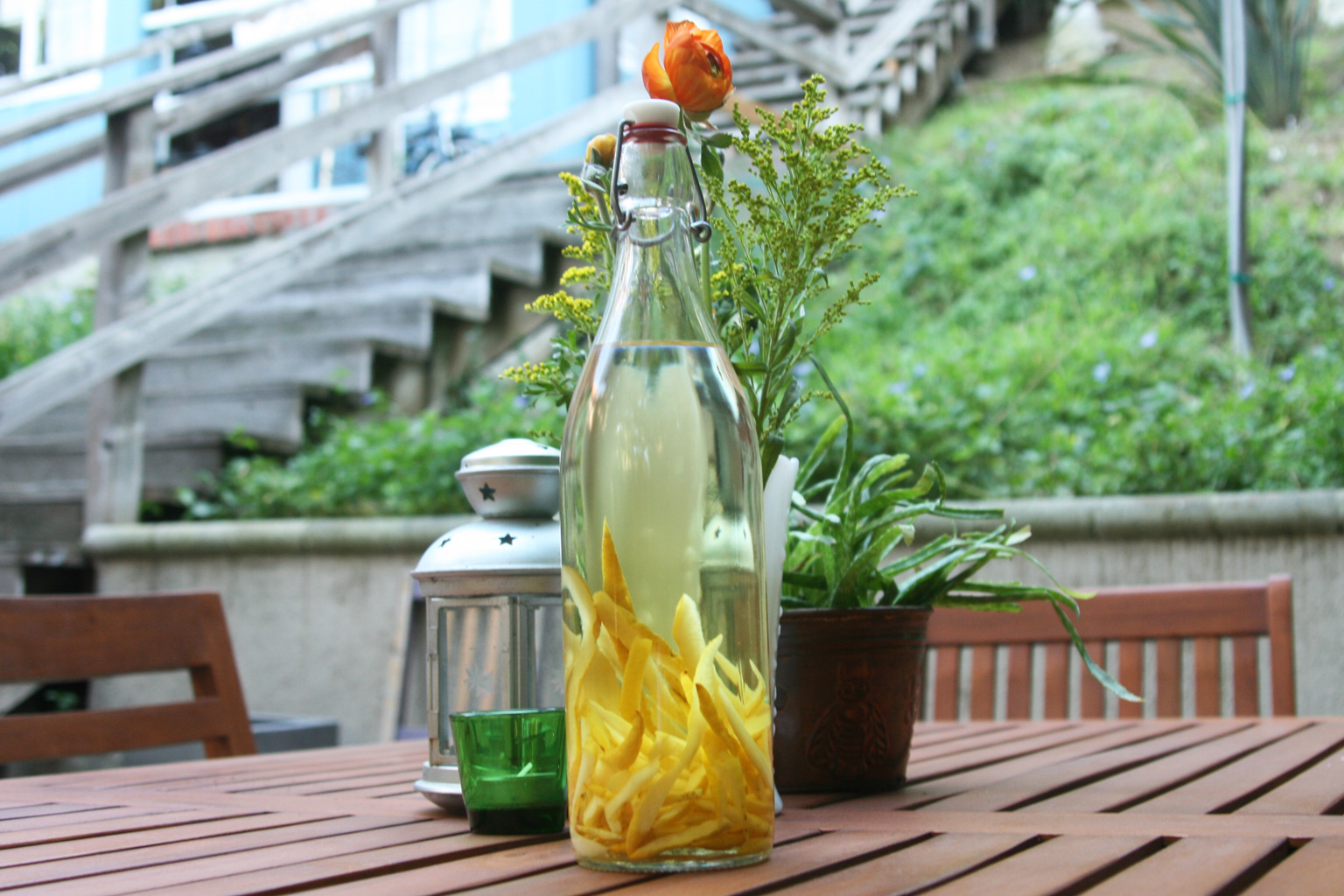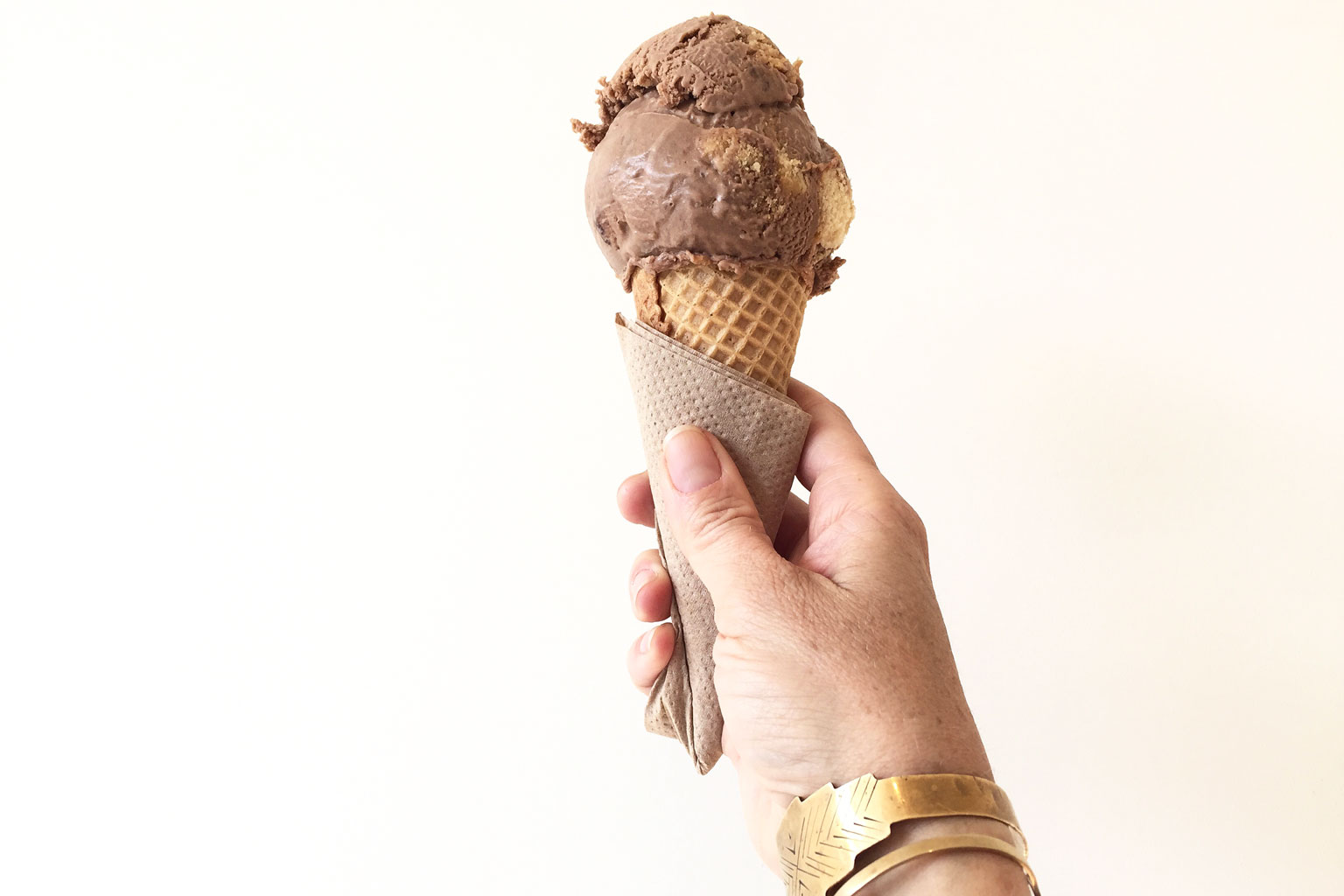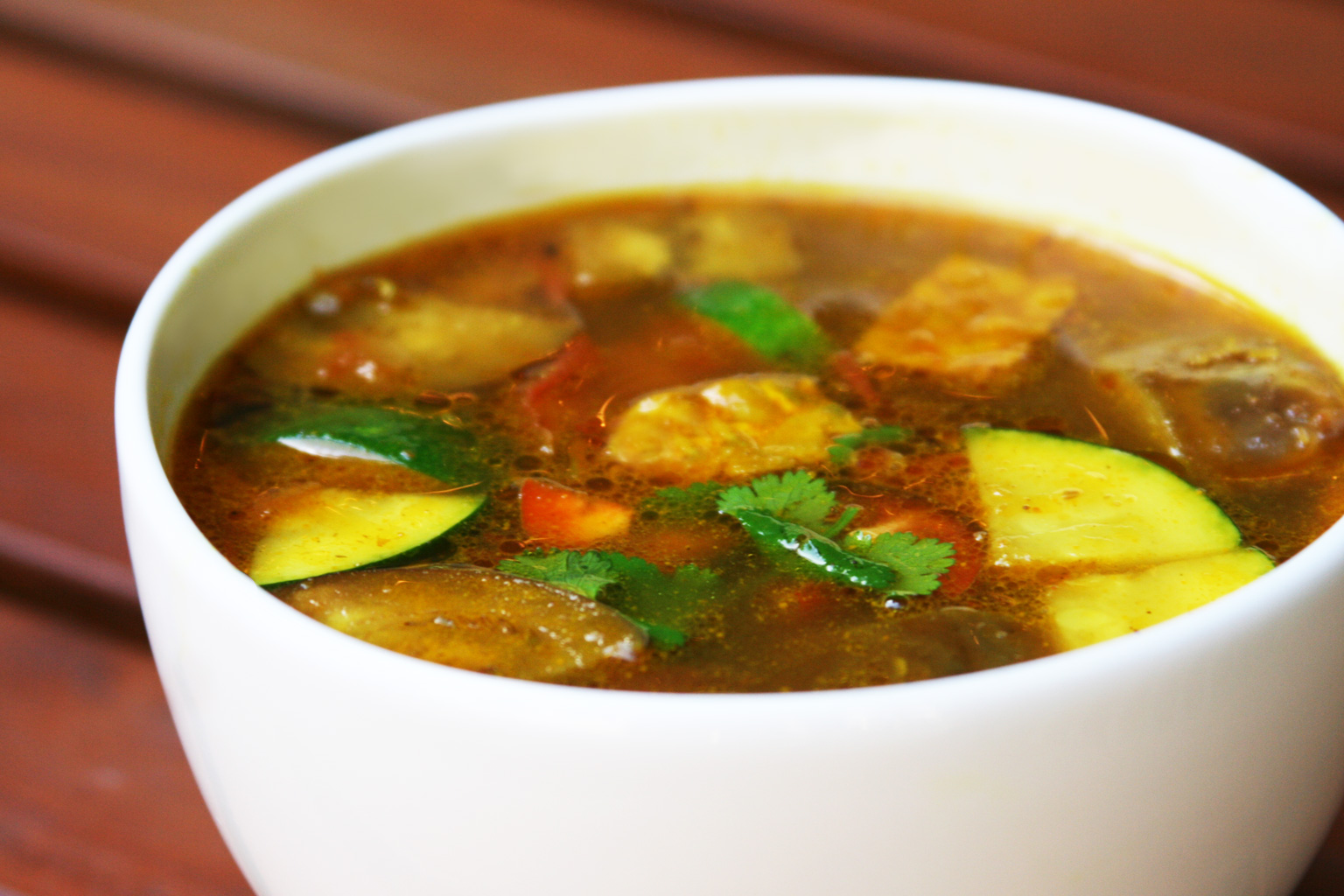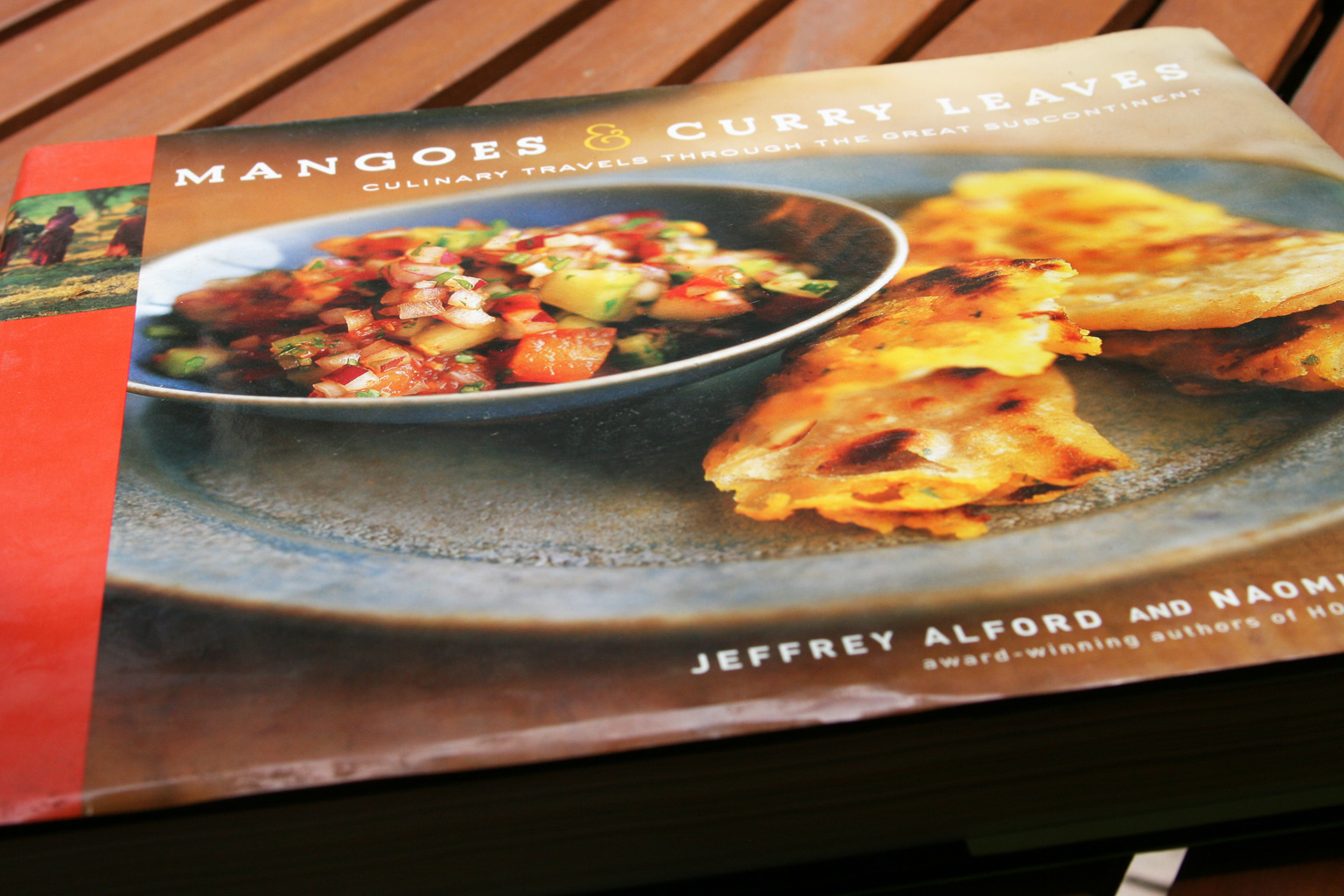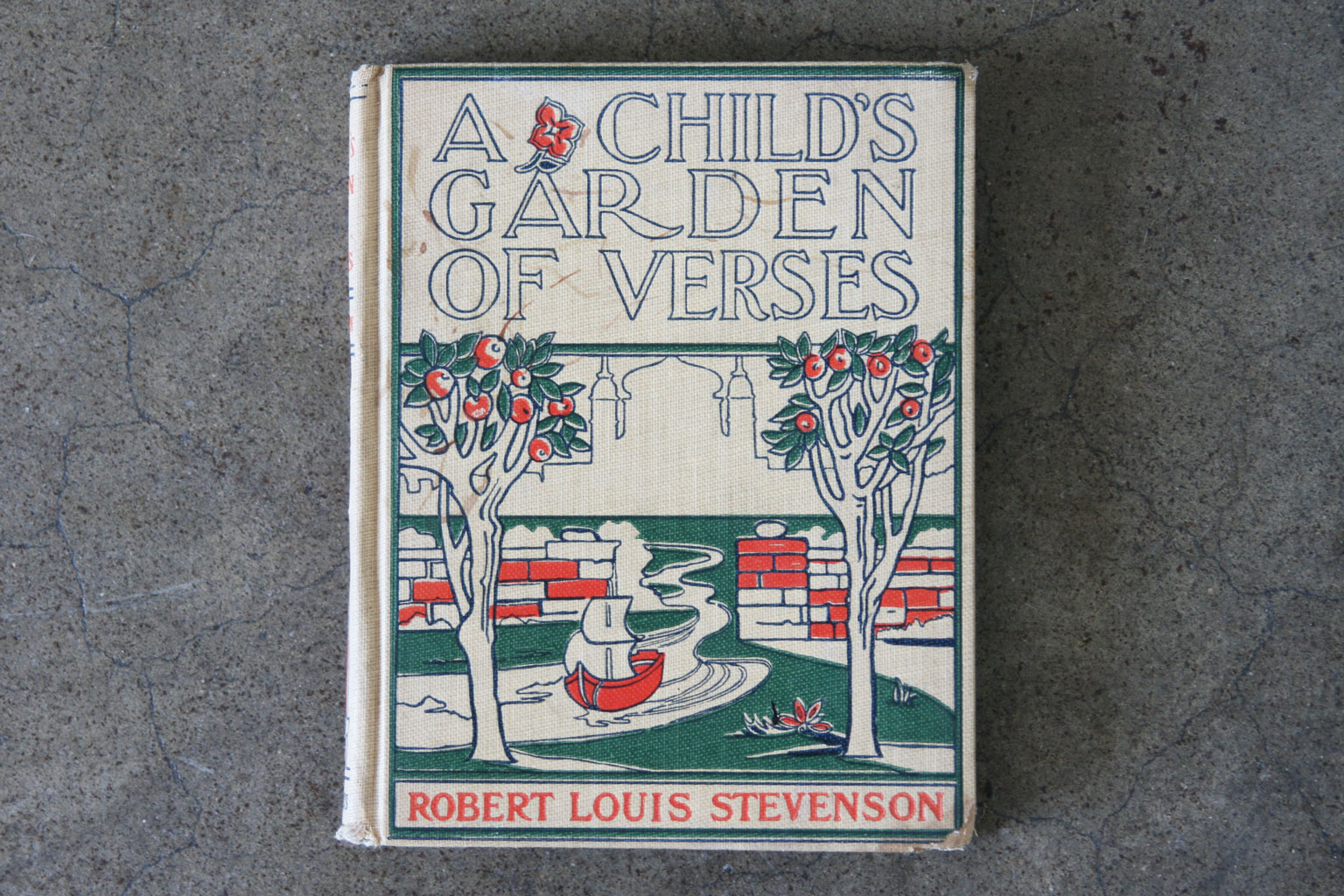When I was a kid, growing up in southern Virginia, bread + butter pickles abound in a culture that seemed to douse everything in sugar. But these pickles are one staple that I never grew out of. In fact, as the whole artisanal food movement has swept over the world, giving us higher quality, much more expensive version of previously modest foods, I’ve only grown to appreciate bread + butter pickles more.
As everyone likely already knows, bread + butters are basically sweeter than average pickles that are usually sliced before jarring. As far as I can tell, the etymology of the name most likely revolves around ‘bread and butter’ being a common turn of phrase for something that’s commonplace and the fact that these pickles were a staple in most every kitchen back in the day. I was blissfully unaware of any of that as a kid though and I invariably pictured biting into butter-covered, un-toasted white bread when I ate them and have since always associated that taste and texture with bread + butters.
Word history aside, one thing’s certain—like almost every other food in the world, homemade pickles are one thousand times better than store-bought ones. And, in this case, the work-to-payoff ratio’s remarkably low—these insanely tasty pickles are super-easy to make.
The recipe’s originally from the James Beard Foundation Award Winning Cookbook A New Turn in the South: Southern Flavors Reinvented for Your Kitchen. Written by Athens, Georgia restauranteur and Top Chef competitor and judge, Hugh Acheson, the book’s far from vegan, but it is very fresh vegetable forward and, overall, comes across as inventively delectable in its new takes on old southern favorites. It was chosen most recently in our cookbook club—which we’ll fill you in on at a later date—for Katie, myself, and everyone else in the club to prepare dishes from. We immediately zeroed in on a vegan-ize-able (tempeh) bacon-toppped baked beans, a spicy southern peanut soup, and these pickles. We thought we’d share the latter with you as we highly encourage anyone and everyone to give them a try. We envision them becoming a namesake staple in our kitchen.
So, I actually halved the recipe—it called for ten cucumbers, which sounded like it was going to make a LOT of pickles—and we still ended up with two mason jars full. I also tweaked the recipe a bit based on what I had in-stock and liked more of, spice-wise, since I was already altering the recipe a bit. I’ll reproduce what I did below, since it worked out well for me.
What you need:
• 5 small pickling cucumbers (4-5″ long and 1.5″ in diameter)
• 1 medium Vidalia onion (or another sweet onion)
• 1/8 cup sea salt
• 1/8 cup fresh celery leaves
• 1/4 teaspoon red pepper flaskes
• 1/4 teaspoon ground fenugreek
• 1/4 teaspoon fennel seeds
• 1/4 teaspoon ground turmeric
• 1/2 teaspoon mustard seeds
• 5 whole cloves
• 1 cup apple cider vinegar
• 1/2 cup raw sugar
• 1/2 cup sorghum or maple syrup
My guess is that the only ingredient that might cause a little head-scratching on the part of some readers is fenugreek. But, if possible, seek it out—it’s got a really nice, uniquely nutty, celery-like taste and it’s actually very versatile. If you have an Indian specialty shop in your town, they should have it. New Yorkers, if you’ve never been to Kalustyans, get thee there post-haste; Angelenos, India Sweets + Spices seems the way to go, though I’m honestly still feeling out the food scene.
Wash the cucumbers under cold water and then slice them into 1/3-inch thick rounds. Peel the onion and, likewise, slice it into 1/3-inch thick strips. In a large bowl, mix together the onion and the cucumber and cover with half the salt, tossing to evenly coat. Let that sit for an hour at room temperature.
After the mixture’s sat, rinse off the salt as thoroughly as possible. You’ll notice the vegetables have grown limp over time. That’s the salt breaking down the cell walls of the cucumbers and salt and starting what would be a traditional slow pickling process. We’re going to speed it up though—place the mixture in a medium non-reactive bowl (not unlined copper or aluminum/tin) and then tear and mix in the celery leaves. Now pack the mixture into sealable glass jars.
Now combine the rest of the salt, the vinegar, your spices, sugar, and the sorghum or syrup into a non-reactive pot along with 1/4 cup of water and bring to a rapid boil. Once boiling, remove from heat and carefully pour over your cucumber-onion mixture, filling the jars. If your liquid doesn’t quite cover the mixture, cheat with a bit of 50/50 water/vinegar. Attach your lids and let everything sit at room temperature for about two hours, placing them in the fridge afterwards.
At this point, they’re pretty much good to go, though, as Acheson writes, they do improve with age, reaching their peak after a couple days of refrigeration. Top off a nice veggie burger, enjoy them as an accompaniment to a nice fresh vegetable and vegan cheese board, or use them to top off a nice dish of brown rice, charred vegetables, and Sriracha.
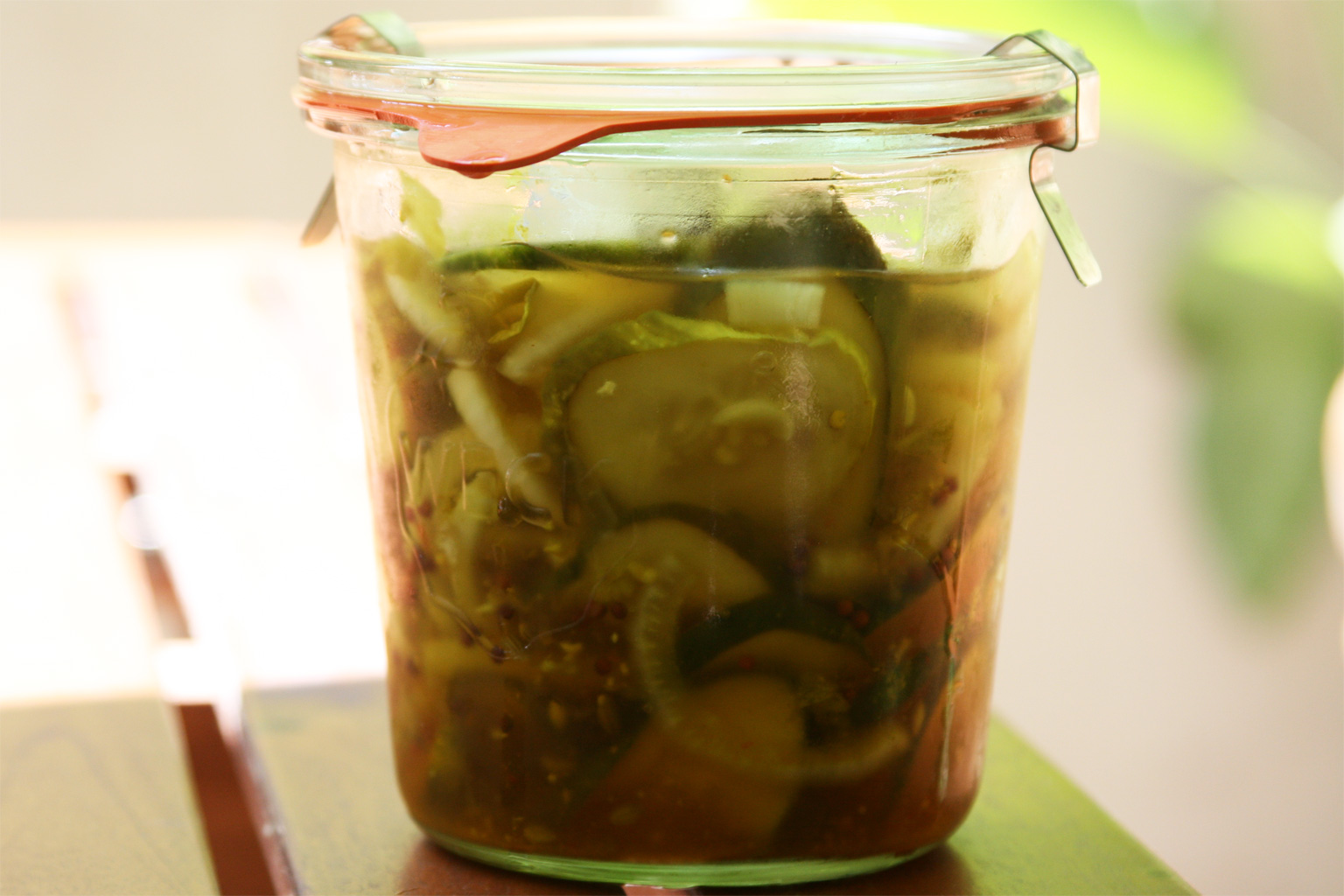
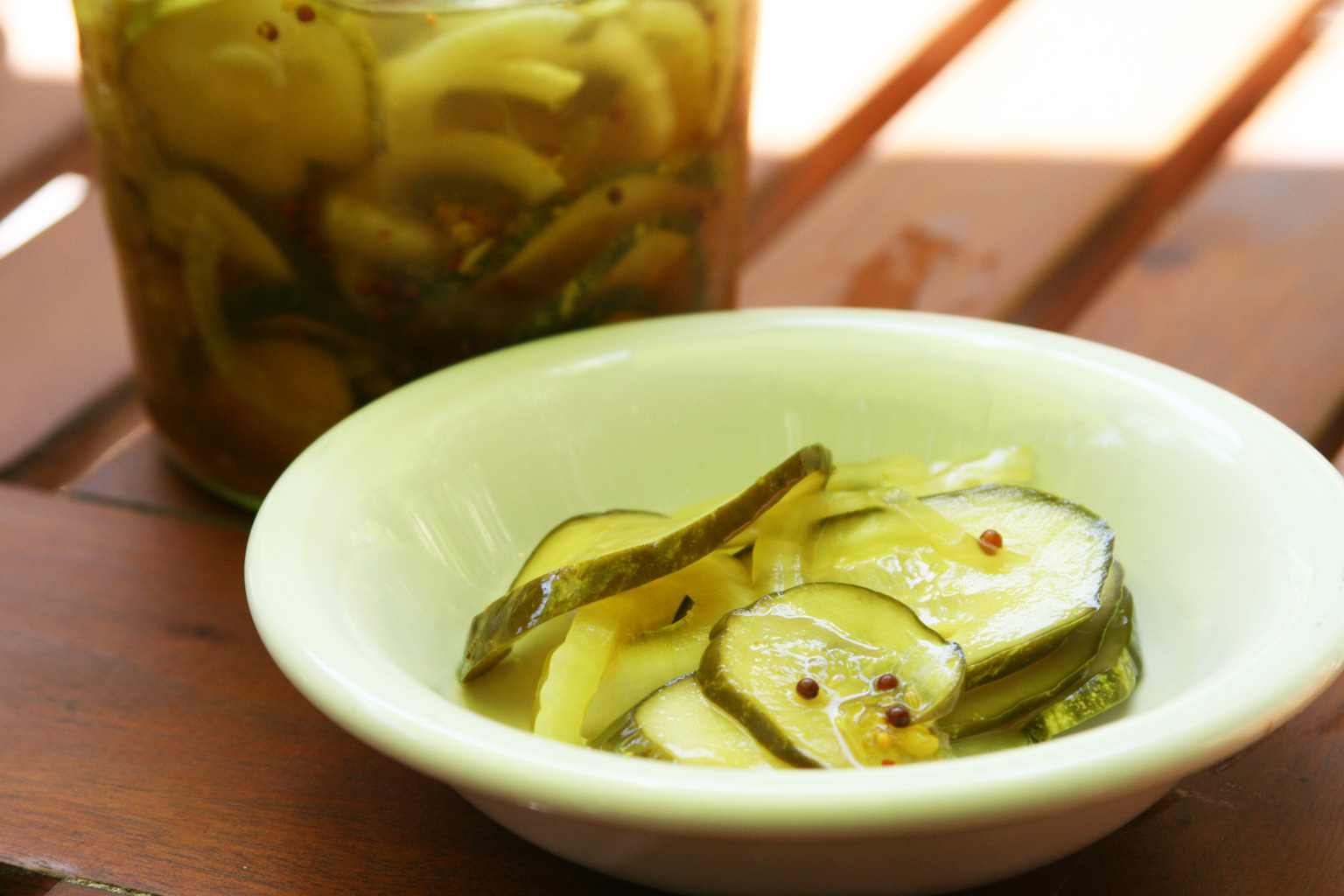

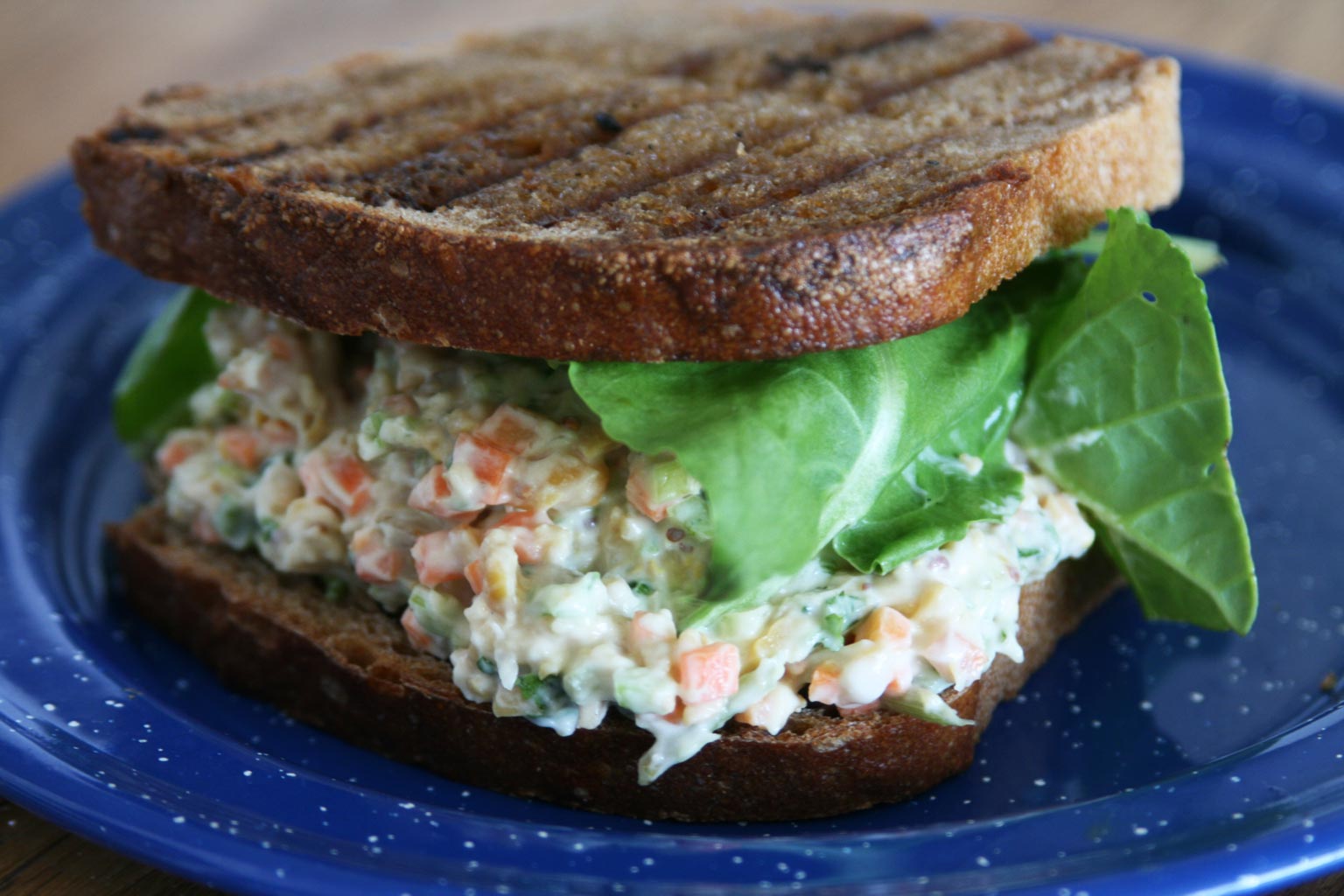



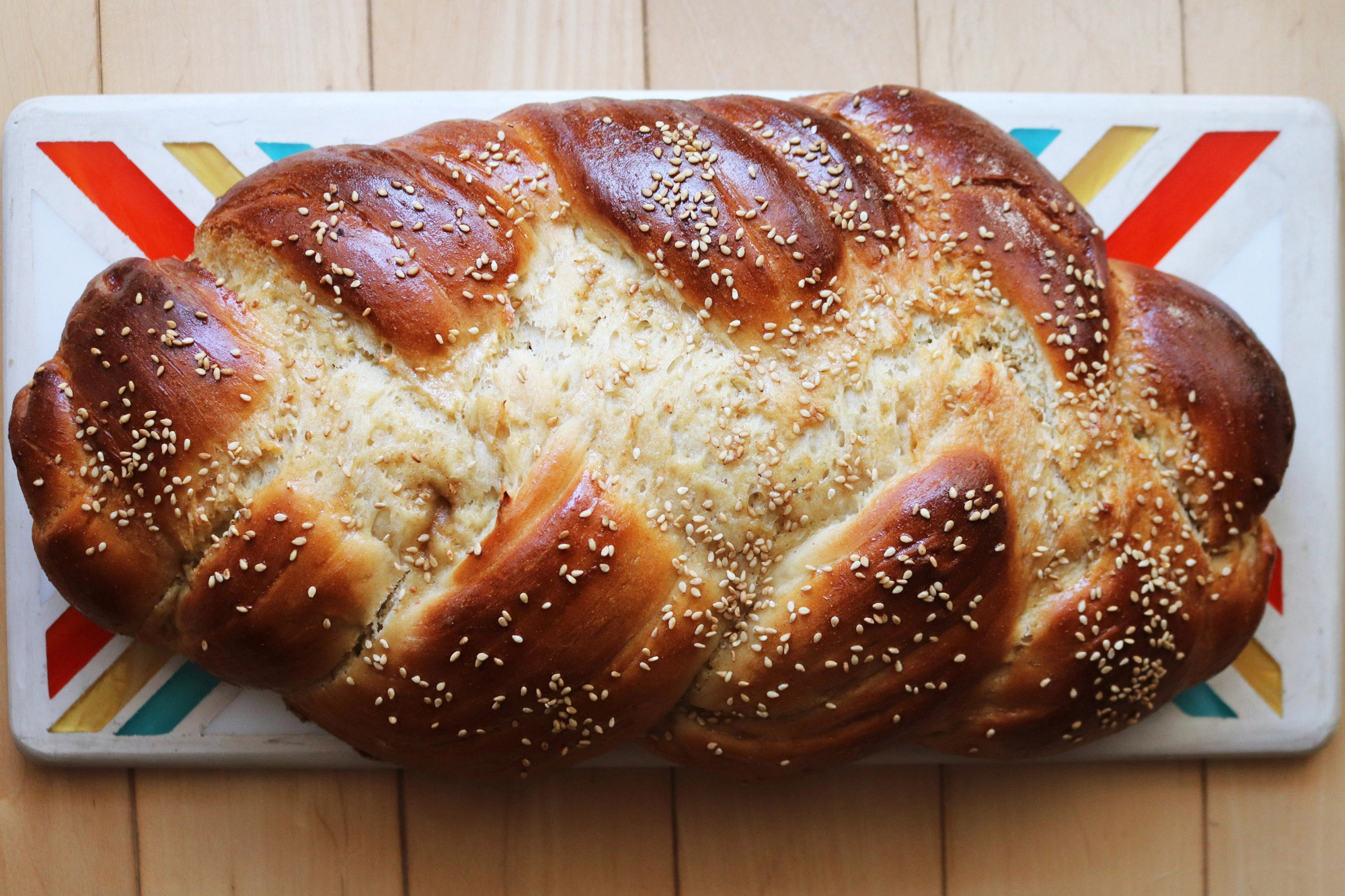







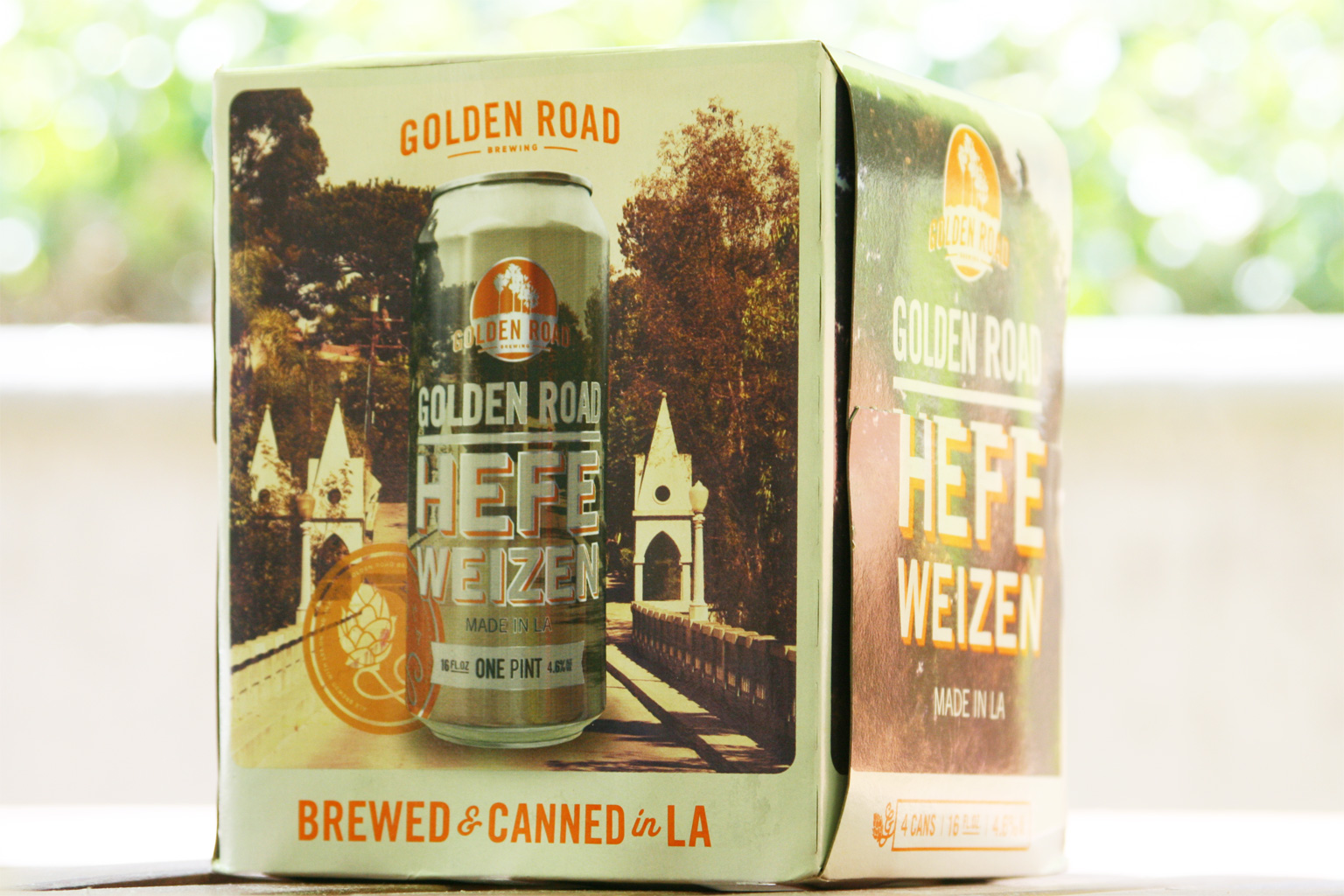
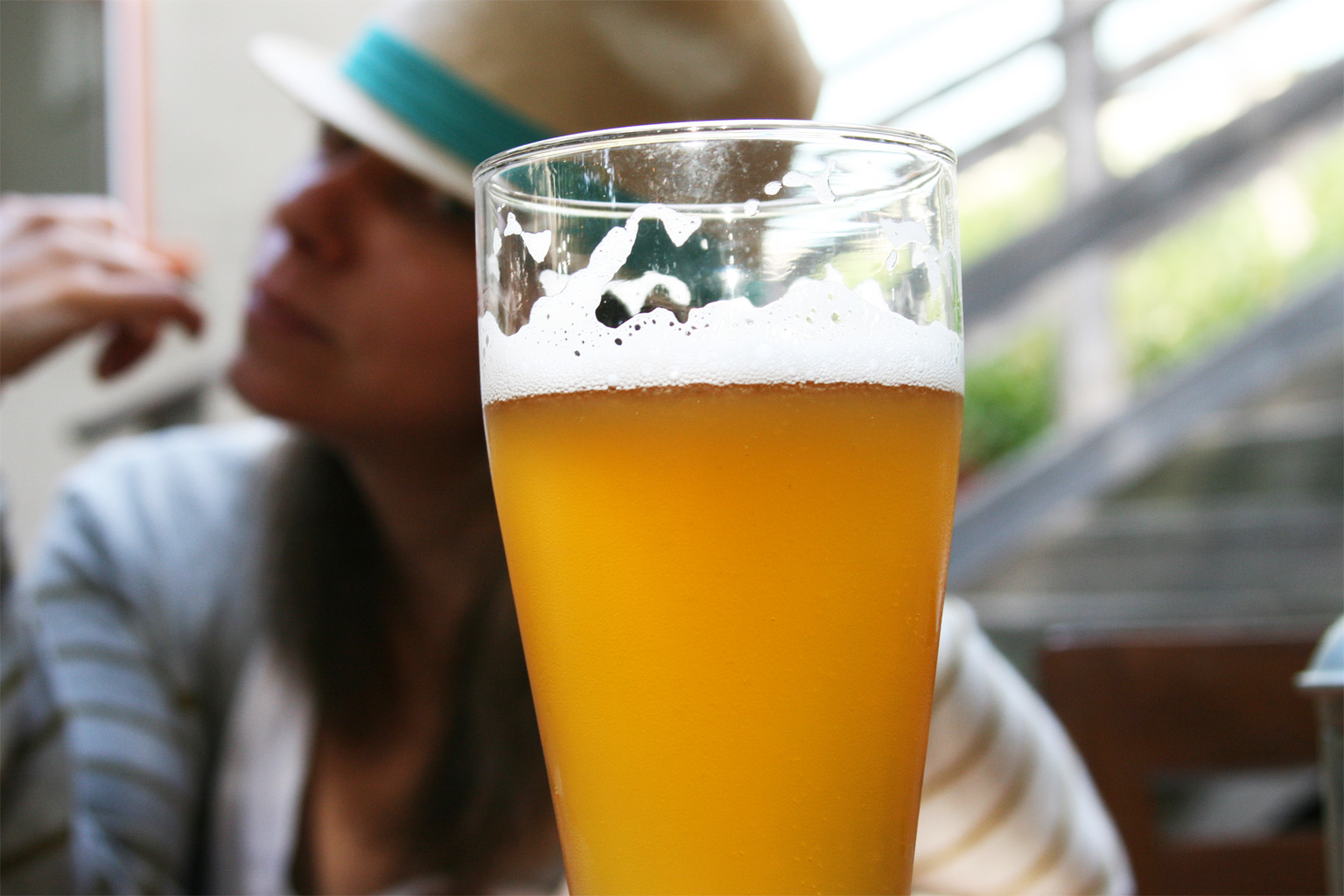
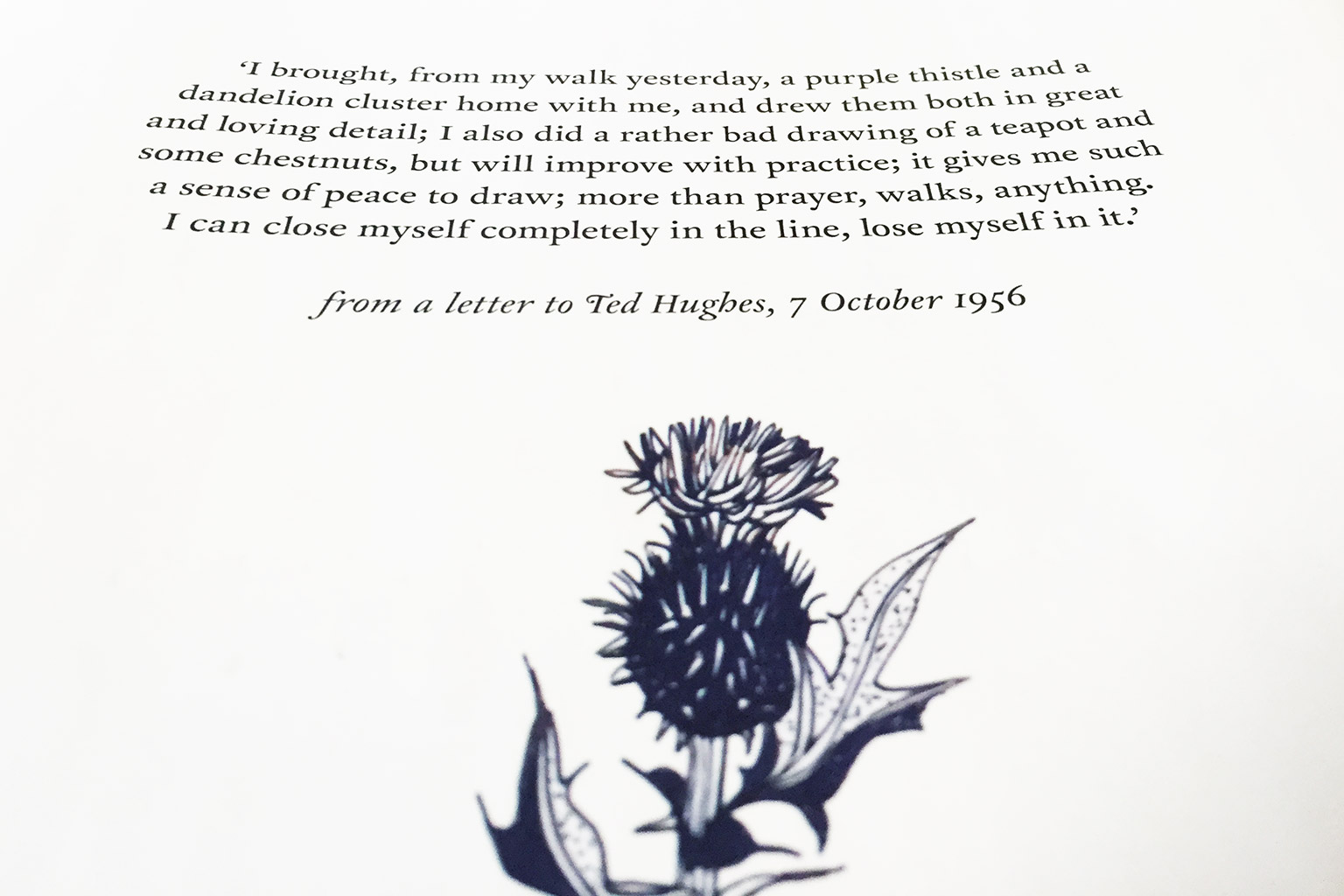


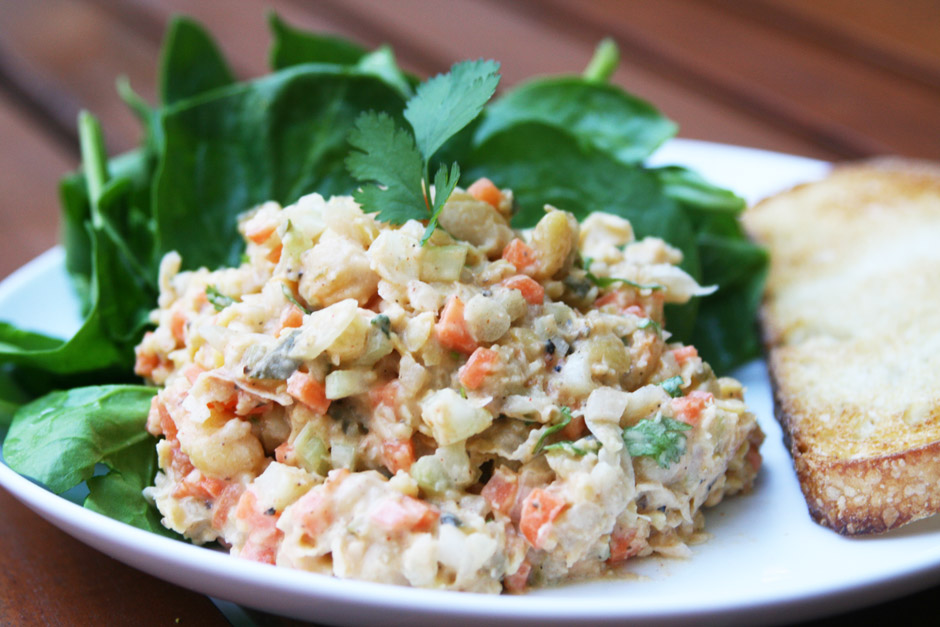
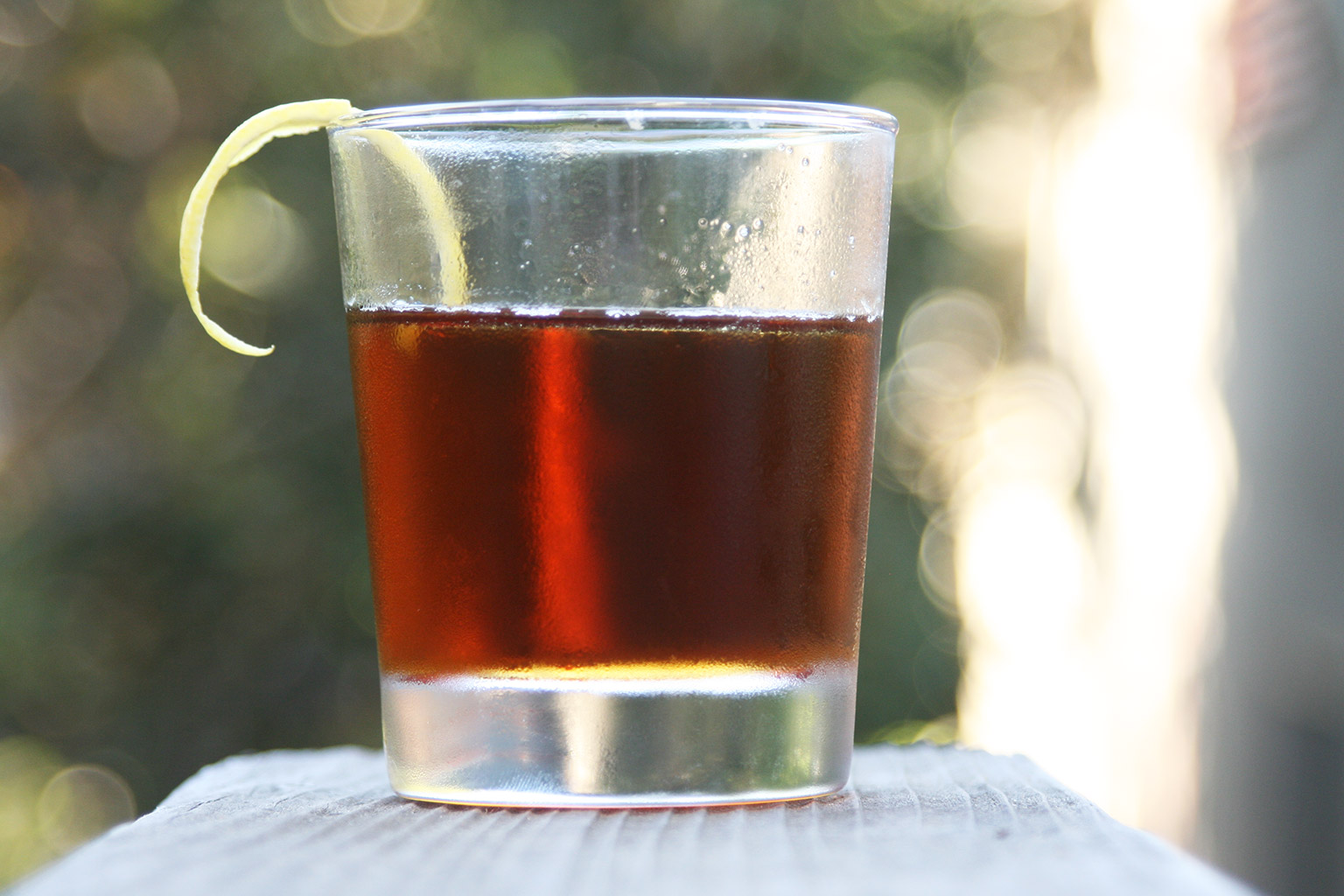







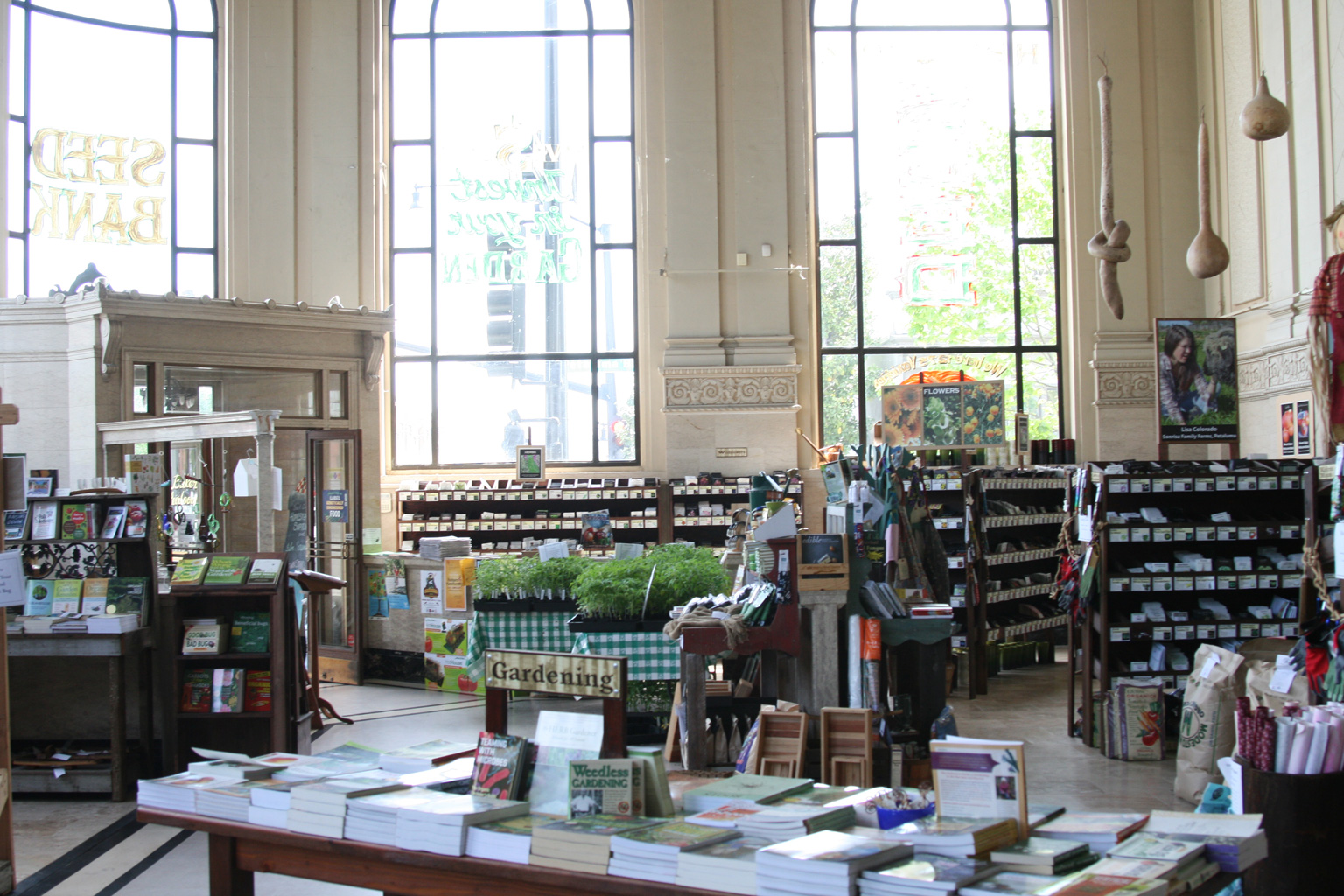
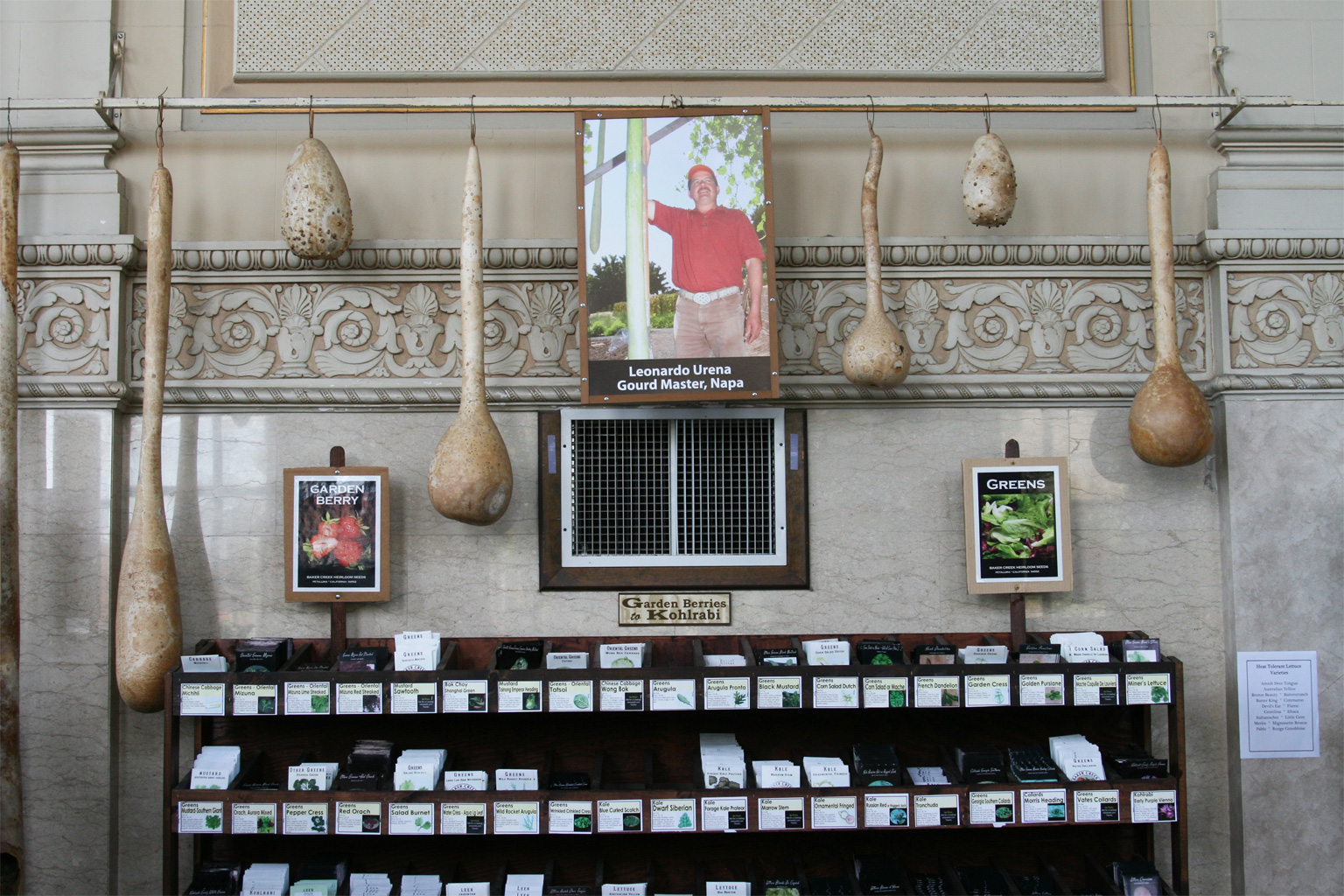

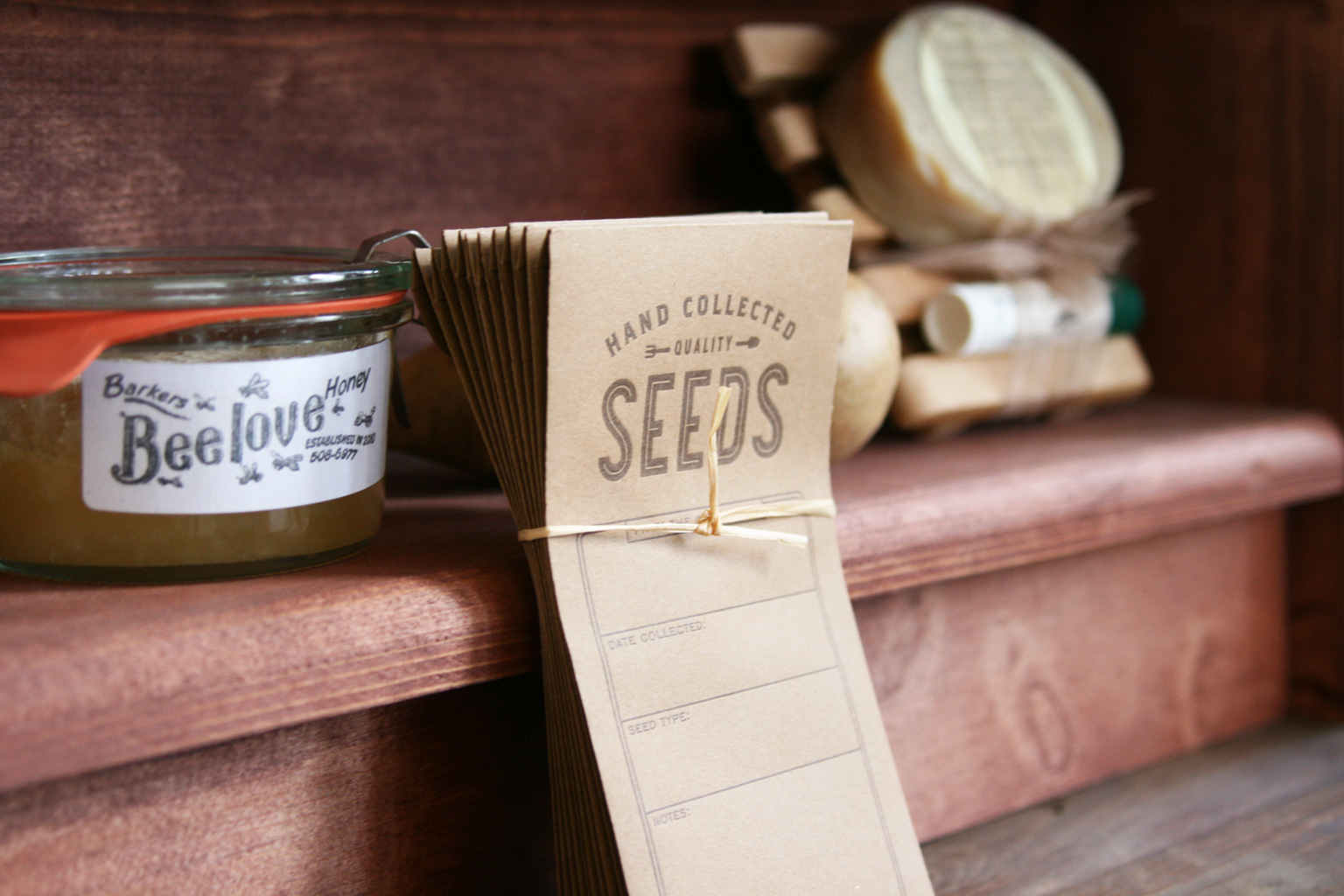
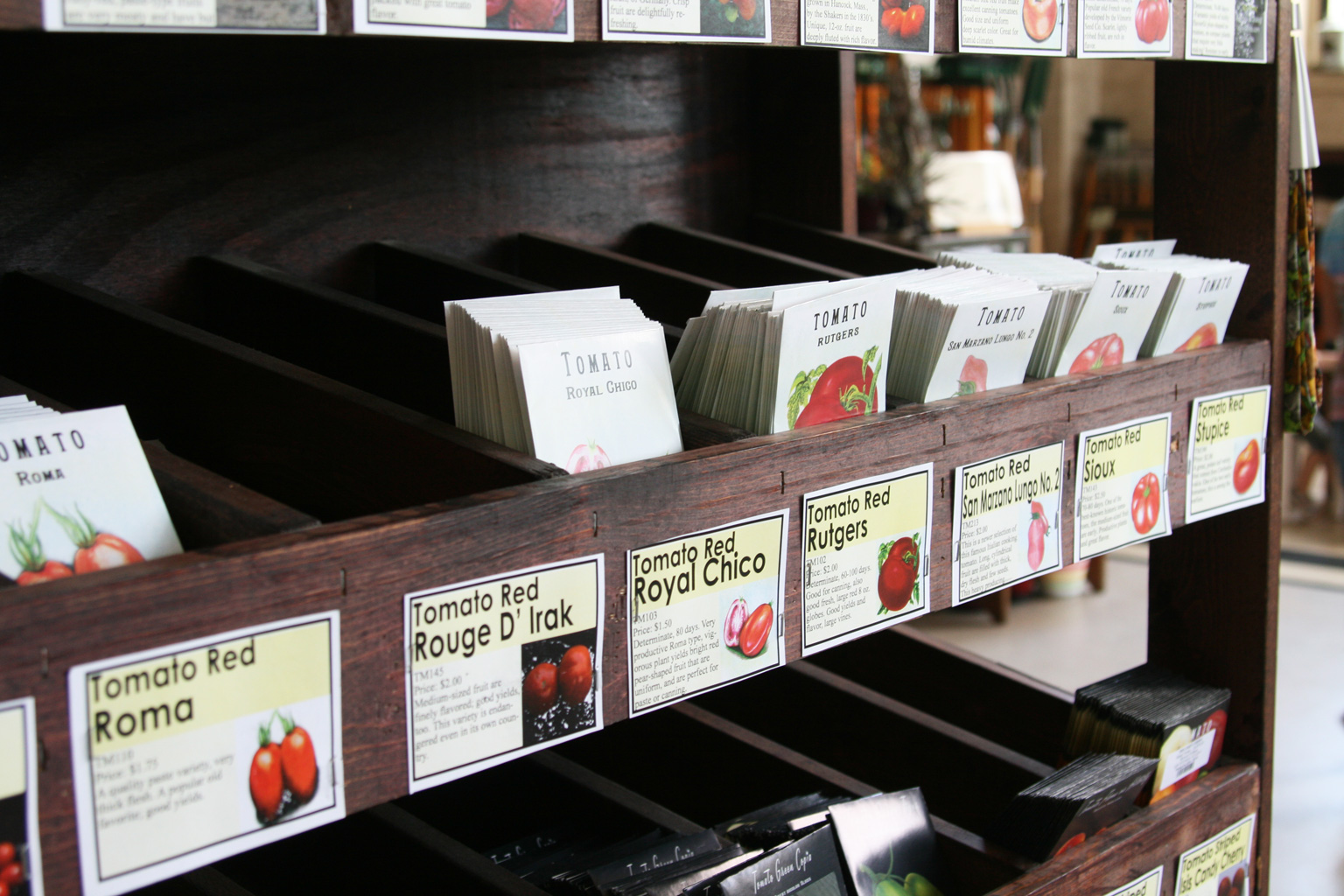
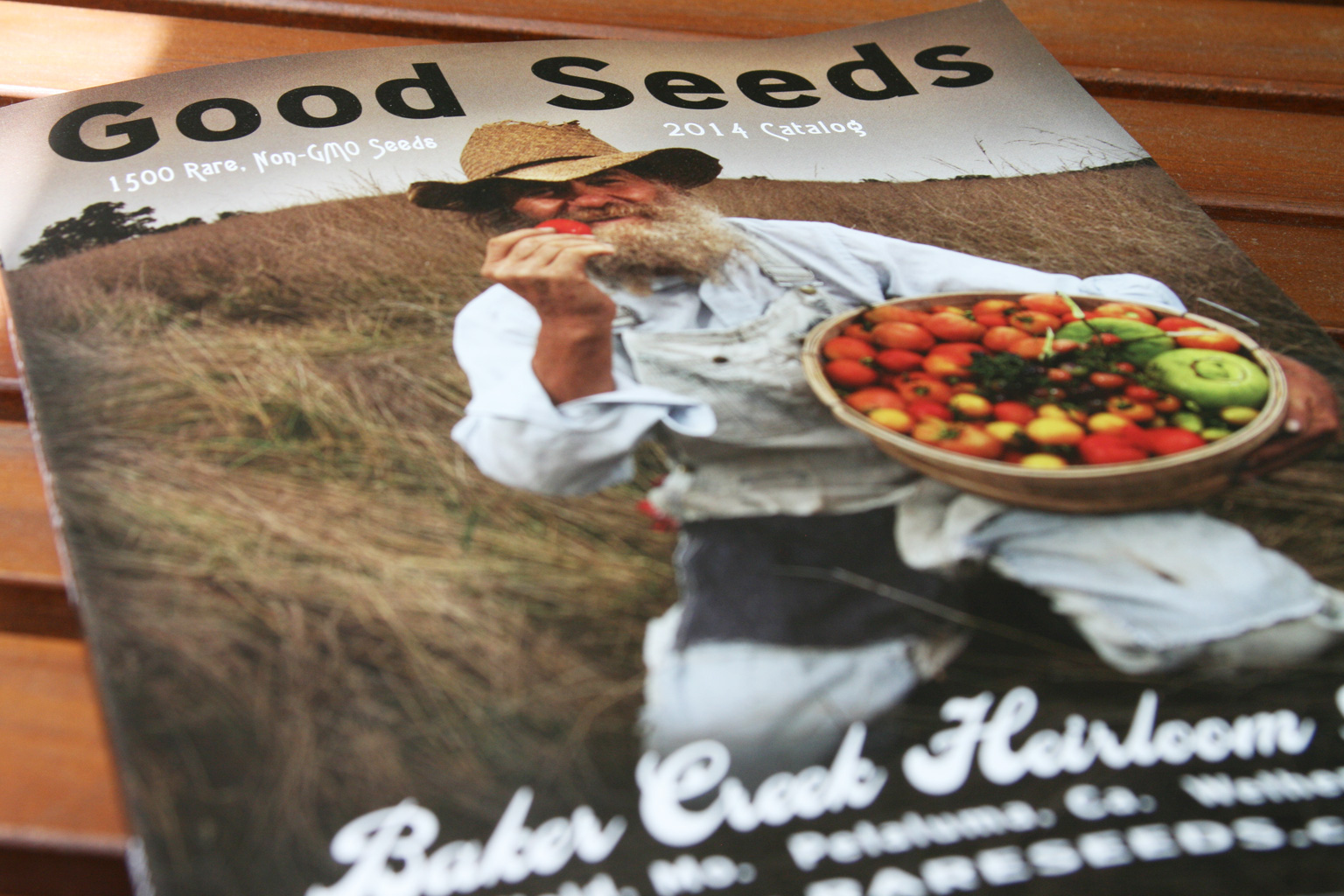
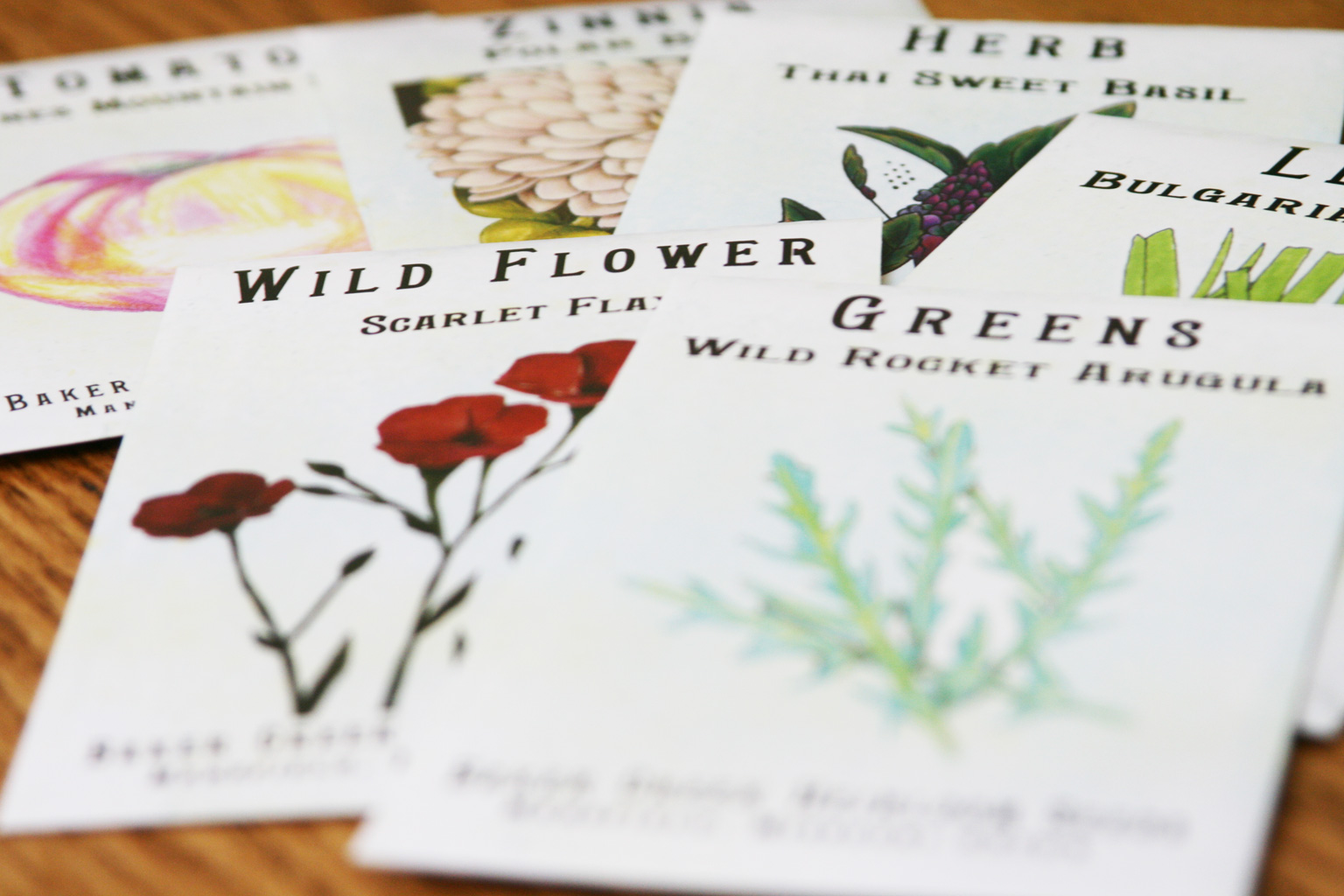

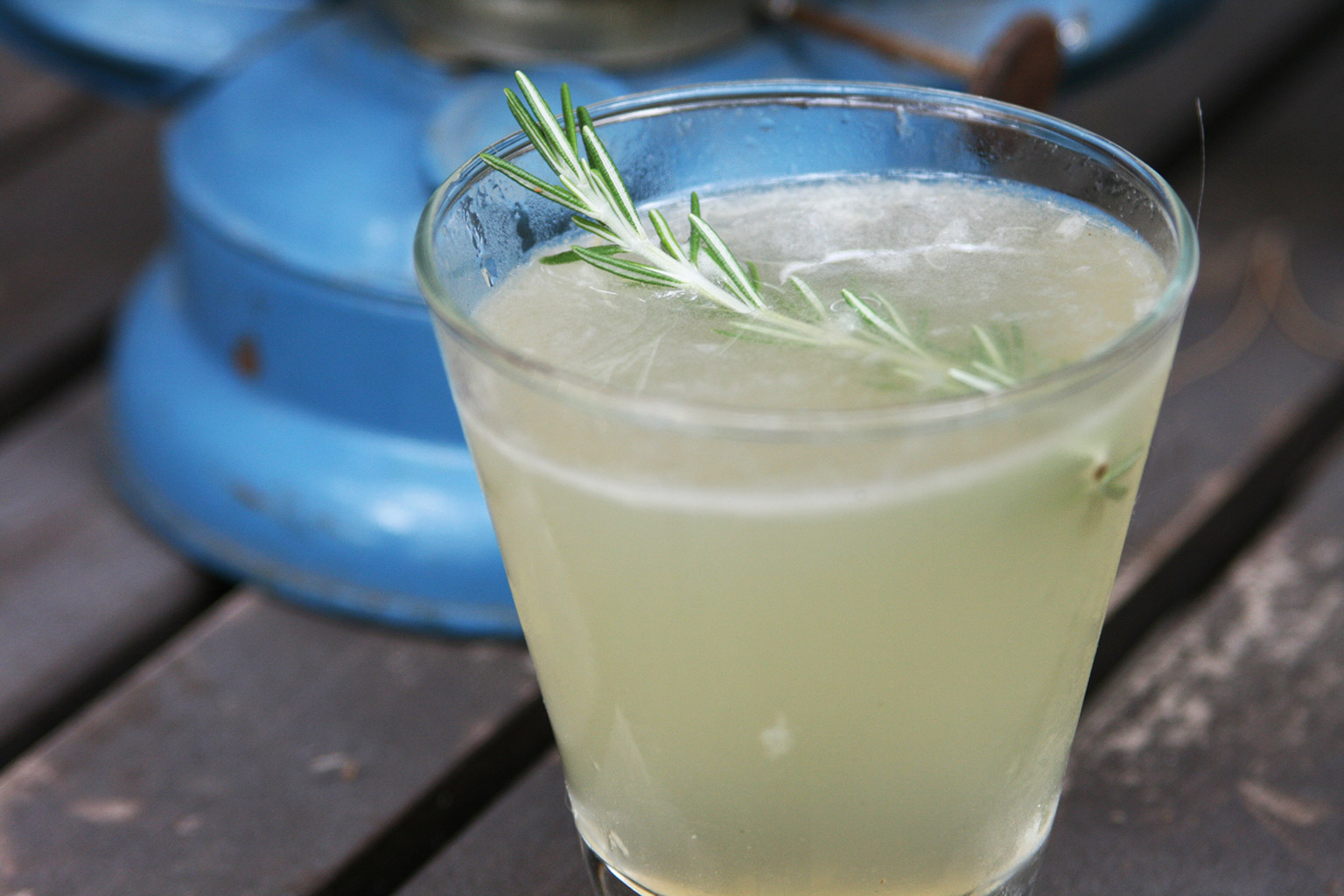


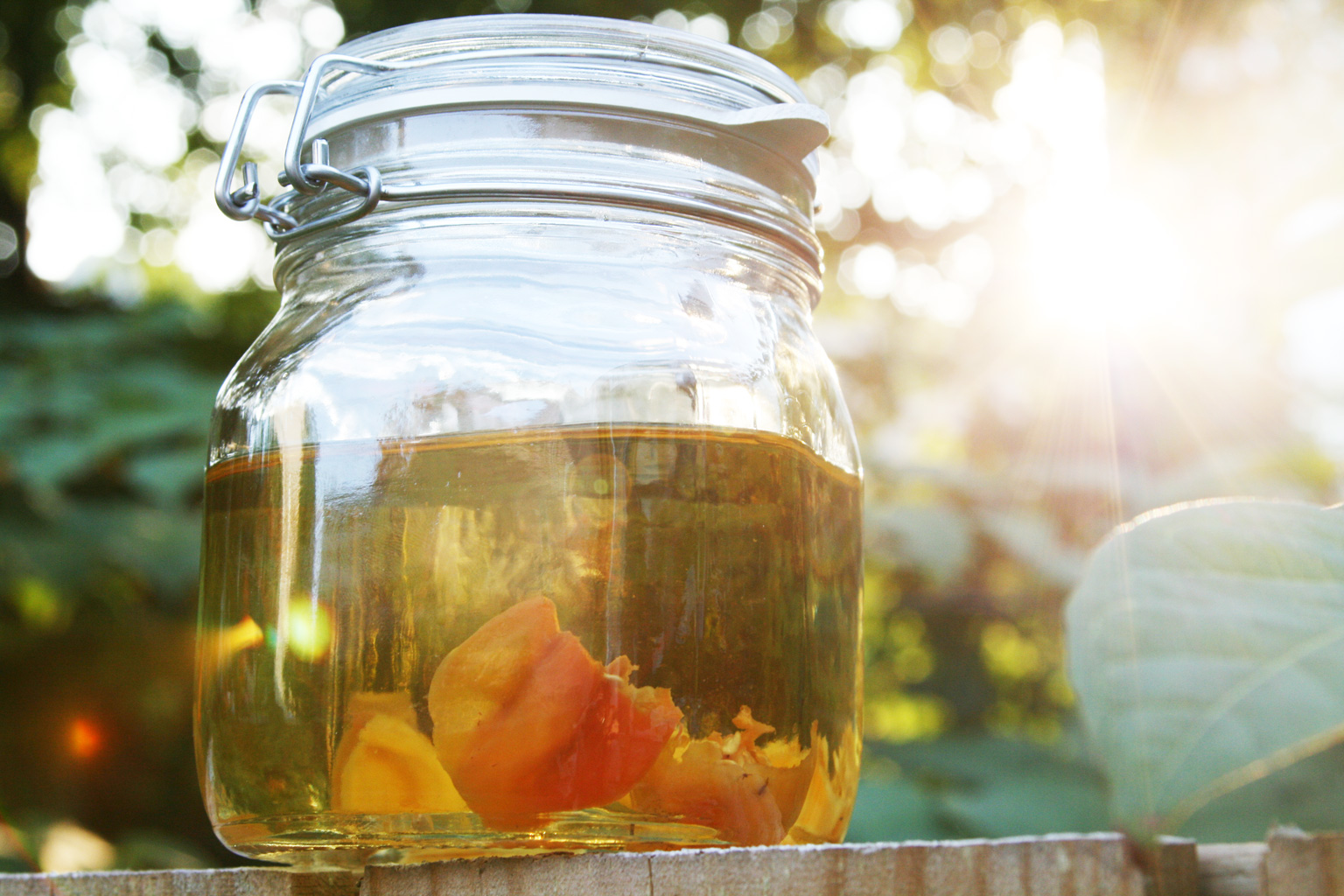 1. Listening to the excellent mariachi covers of Mexico’s
1. Listening to the excellent mariachi covers of Mexico’s 
